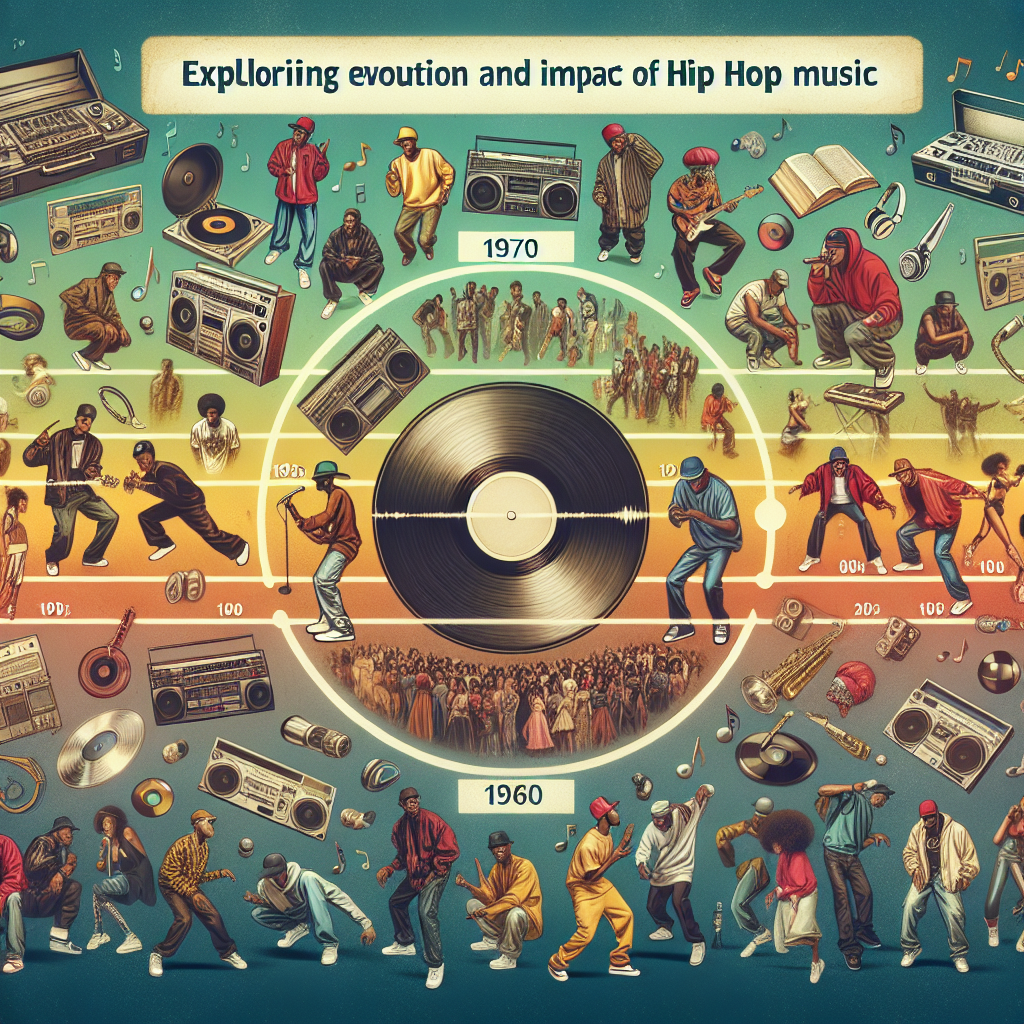Electronic Dance Music (EDM) has evolved a lot since its inception. House, a sub-genre of EDM, is one of the most fascinating genres which have had a direct influence on popular music culture over the years. The influence of EDM house music can be seen far and wide, and its evolution over time has played a significant role in shaping the music industry.
The Origins of House Music
The origins of House music date back to the 1980s when it first appeared in Chicago. The term “House” reportedly comes from a Chicago nightclub called “The Warehouse,” where DJ Frankie Knuckles, known as “The Godfather of House,” used to play his unique style of dance music. House music can be characterized by a repetitive 4/4 beat, usually produced using a drum machine, and a synthesized bassline. The style was heavily influenced by Disco, Soul, and Funk, providing a new and fresh sound.
Rise of House Music
During the late ’80s and early ’90s, House music began to gain more mainstream recognition and acceptance. The repetitive rhythms were easy to dance to, and clubs worldwide started to play House records. DJs began to experiment with the formula, adding in samples from pop and R&B tracks. The late 90s saw the rise of artists such as Daft Punk and Basement Jaxx, who played pivotal roles in bringing House music to the fore of the global music scene. This era also witnessed the advent of French House, which became immensely popular, thanks to its blend of traditional House elements with live instrumentation.
Evolution of House Music
In the 2000s, House music continued to evolve, splitting into various sub-genres such as Electro House, Progressive House, Tech House, and Deep House. Each sub-genre took the fundamentals of House music and added unique twists. It also began merging with other genres such as Pop and Hip Hop, leading to a new generation of hybrid genres.
Today, House music is one of the dominant forms of dance music. Artists such as The Chainsmokers, Calvin Harris, and David Guetta have all incorporated House elements in their music, demonstrating its lasting influence on the music industry. Incredible platforms like SoundCloud and Beatport have also helped in the manifestation and discovery of new House artists, propelling the genre even further.
Conclusion
In conclusion, House music has come a long way since its beginnings in The Warehouse nightclub in Chicago. From being a niche genre enjoyed by a particular sub-culture, it has evolved into a global phenomenon that has shaped popular music culture. Its distinctive 4/4 beat and plethora of sub-genres have made it a flexible and adaptable style that continues to appeal to a wide audience. And with new artists continually pushing boundaries and exploring new sounds, the future of House music looks bright.
Frequently Asked Questions
- 1. What is House music?
- House music is a genre of electronic dance music that originated in Chicago in the early 1980s. It was initially characterized by repetitive 4/4 beats, rhythms mainly provided by drum machines, off-beat hi-hat cymbals, and synthesized basslines.
- 2. Why is it called House music?
- The term “House music” is thought to have originated from a Chicago club named “The Warehouse,” where DJ Frankie Knuckles used to play his special brand of dance music.
- 3. Who are some popular House music artists?
- Some popular House music artists include Daft Punk, The Chainsmokers, Calvin Harris, and David Guetta.
- 4. What are some sub-genres of House music?
- Some sub-genres of House music include Electro House, Progressive House, Tech House, and Deep House.
- 5. What makes House music unique?
- House music is unique because of its distinctive 4/4 beat, synthesized bassline, and its seminal role in shaping electronic dance music as we know it today.




